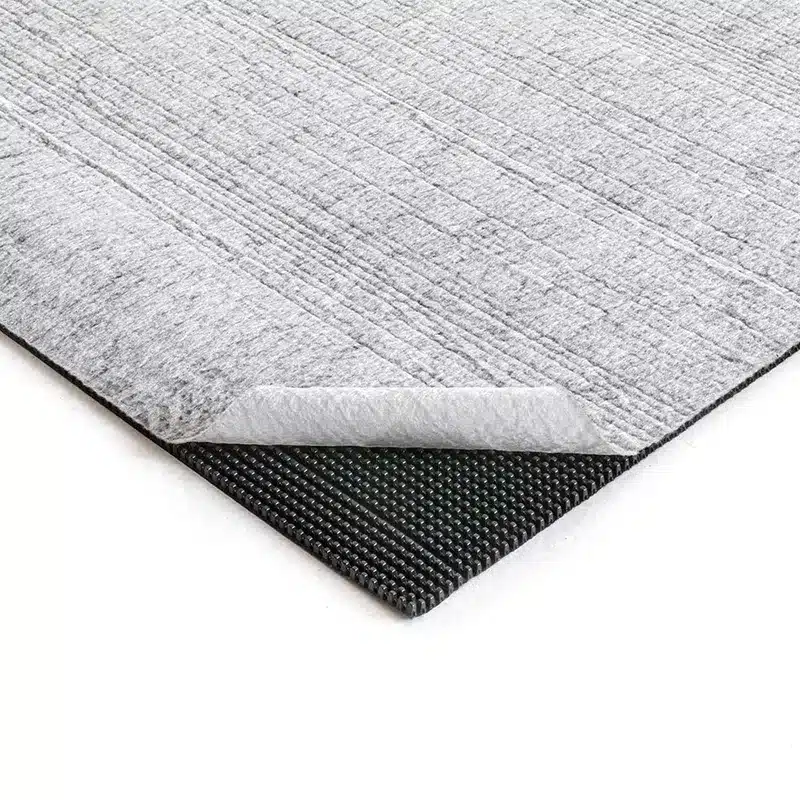+86-159 9860 6917
info@geofantex.com
geofantex@gmail.com
+86-400-8266163-44899
In the field of civil engineering and construction, geocomposites and geotextiles are key players. This article delves into their roles, differences, and when to choose one over the other. It also examines examples of geocomposites and geotextiles, aiding your project decisions. A geocomposite combines one or more geosynthetics, specifically a geogrid, a geotextile, a geomembrane, and/or a geonet, with another material.

What Is the Function of a Geocomposite?
Geocomposites are engineered materials that combine two or more geosynthetic products—such as geotextiles, geogrids, geomembranes, or geonets—into a single composite structure. They are widely used in civil engineering, construction, and environmental projects due to their multifunctionality and cost-effectiveness.
Key Functions of Geocomposites:
- Filtration: Non-woven geotextile layers allow water to pass through while preventing soil particle migration. This is crucial in drainage systems, roads, and landfills to maintain structural integrity.
- Separation: Geocomposites act as barriers between different materials (e.g., soil and aggregate), preventing mixing and ensuring each material performs optimally.
- Reinforcement: Geogrid layers provide soil stabilization and increased load-bearing capacity, important for retaining walls, embankments, and steep slopes.
- Drainage: Geonets or drainage layers efficiently channel water away, reducing hydrostatic pressure behind walls, barriers, or landfill liners.
- Containment: Geomembranes prevent the migration of liquids or gases, ideal for environmental protection applications such as landfills, wastewater treatment, or hazardous material containment.
Geocomposites are versatile solutions that enhance structural performance, improve stability, manage water, and prevent contamination. Their multifunctional design makes them invaluable in modern civil engineering and construction projects.
Is it Geotextile or Geo Textile?
The correct spelling is “Geotextile” as one word. Here’s a detailed explanation:
- Definition: Geotextiles are permeable fabrics used in construction and environmental projects. They are made from synthetic fibers and are commonly used to improve soil stability, provide erosion control, and facilitate drainage.
- Usage: The term “geotextile” is widely recognized and accepted in engineering, construction, and environmental contexts. It encompasses various types of materials designed for geotechnical applications.
- Standardization: The spelling “geotextile” is standardized in technical literature, industry guidelines, and academic resources. It is used consistently across professional documents and publications.
- Etymology: The word “geotextile” combines “geo,” meaning earth, and “textile,” referring to woven or non-woven fabric, indicating its purpose and material composition.

What Is a Common Example of a Geocomposite?
One of the most common and widely adopted examples of a geocomposite in civil engineering is the drainage geocomposite, which integrates drainage, filtration, and protection functions into a single engineered system.
A typical drainage geocomposite consists of a geonet or cuspated core that provides a continuous flow path for water. This core is bonded to one or two layers of non-woven geotextile, which act as filtration layers, allowing water to pass through while preventing fine soil particles from entering and clogging the drainage core.
This combined structure delivers several performance advantages:
- High drainage capacity: The geonet core efficiently collects and conveys water, significantly reducing hydrostatic pressure behind retaining walls, embankments, and barrier systems.
- Reliable filtration: The geotextile layers maintain long-term hydraulic performance by preventing soil migration into the drainage channels.
- Integrated functionality: Drainage, filtration, and separation are achieved simultaneously, eliminating the need for multiple individual materials.
- Installation efficiency: Factory-bonded systems reduce construction time, labor requirements, and installation errors compared to layered field assemblies.
- Durability under load: Drainage geocomposites maintain performance under sustained soil pressure and cyclic loading.
Common applications include landfill leachate collection systems, retaining wall backdrainage, road and railway subdrainage, tunnel linings, green roofs, and foundation drainage systems.
In conclusion, geocomposites and geotextiles are essential components in civil engineering and construction projects. While geotextiles specialize in filtration, separation, and reinforcement, geocomposites combine multiple functions, making them versatile solutions for various geotechnical challenges. Understanding their distinctions is vital for selecting the right material for your specific project needs.



Get Free Sample
We’ll respond as soon as possible(within 12 hours)






















